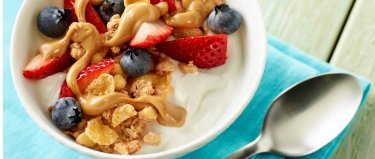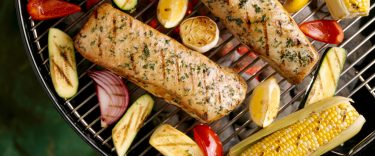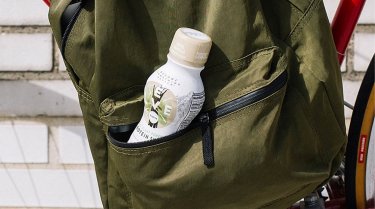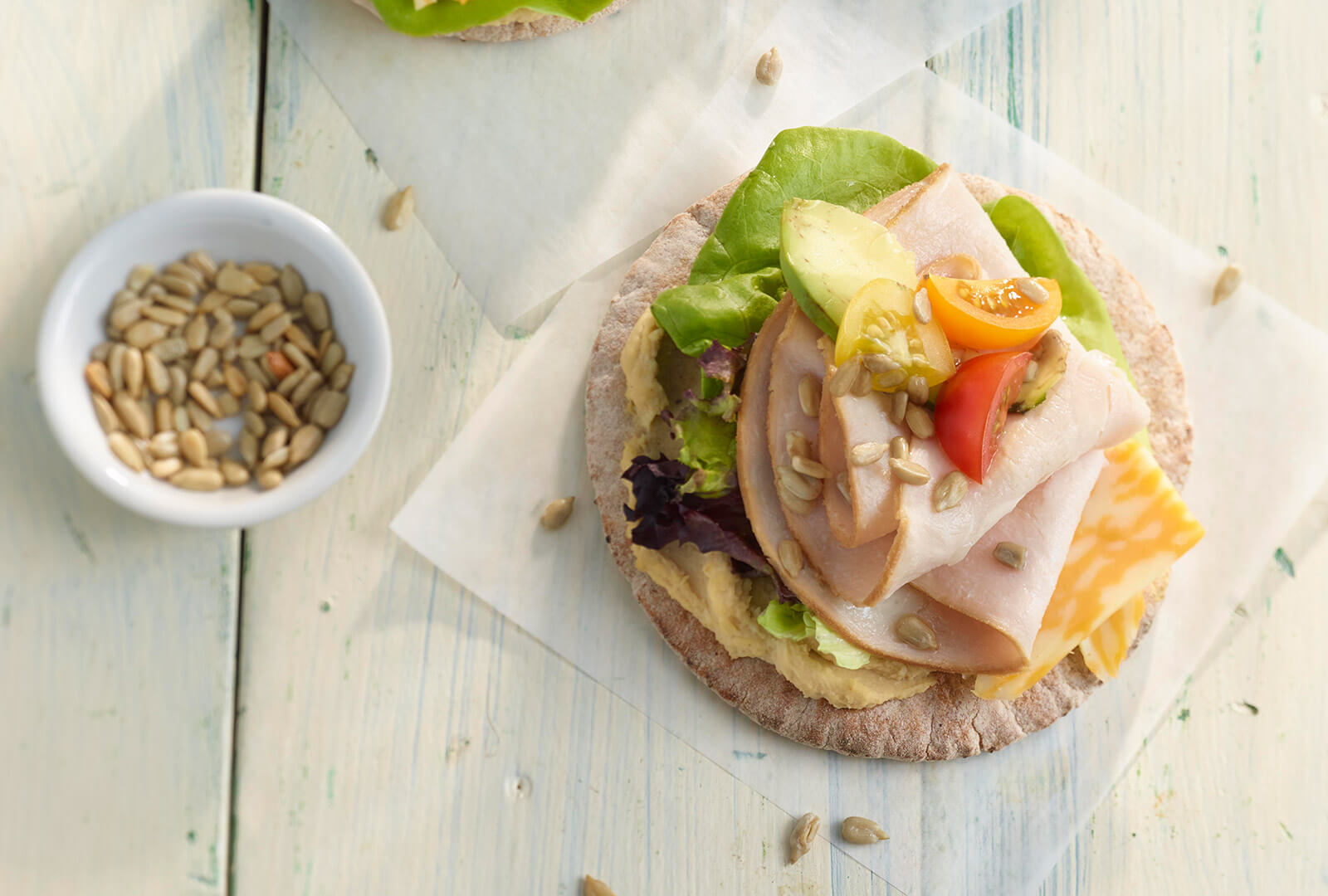Protein is THE nutrient superstar. To be precise, protein is a “macronutrient,” which means our bodies require a LOT of it to function properly on a fundamental level. Protein is an essential building block of muscles, bones, skin and blood. It helps the body’s cells and tissues function the way they should, reducing risk for chronic diseases and weight problems.
And then there’s the everyday “feel-good” benefits of protein. Protein plays a number of vital roles in one’s livelihood. Protein has a direct relationship with energy levels, boosting Beyoncé-like energy while fighting lethargy. It keeps us satiated and satisfied longer than any other food group, staving off those no-good cravings. Protein helps us improve focus and feel centered.
Not to mention, for gym-goers at any phase of fitness, the right amount of protein is as critical as, well, the right brand of sneakers. “Post-workout, protein is absolutely crucial, as it helps to repair muscles that have been broken down during the exercising,” says Amanda Freeman, founder and CEO of the New York-based SLT (Strengthen Lengthen Tone) gym.
Finally, protein-rich dishes are delicious! Juicy-steak-on-a-chilly-night delicious; Thanksgiving-leftovers delicious; peanut-butter-for-days delicious. Think spicy chickpeas, deviled eggs, bacon-wrapped… everything. There’s even a high-protein beer!
Getting Enough Protein
According to Melissa Bonorden, a senior food scientist at Hormel Foods, “Americans get about enough protein.” However, “What we don’t do so well is get protein distributed throughout the day.” In general, we’re supposed to consume around 25-30 grams of protein in each meal.
Bonorden says that for most families, protein is heavy during the evening meals, but not present enough in the breakfast meals. Breakfast protein is very important. “If you have those proteins coming in early, the body can distribute them throughout the day.”
“As a culture, we are very selective as to what breakfast means. Opening our minds is important,” says Bonorden. She suggests a few Hormel Foods products to toss into the breakfast rotation such as Hormel® Natural Choice® Canadian bacon, SPAM® Singles, or two tablespoons of SKIPPY® peanut butter or Justin’s® almond butter on toast.

Now, everyone knows meat is an obvious source of protein, but we had Hormel Foods Research and Development food scientist Jerry Cannon take it a little further.
“Meat is an excellent source of ‘high quality’ protein. A ‘high quality’ protein is one that contains the essential amino acids at levels necessary to meet human requirements, and is easily digested and readily absorbed.” For us science-class delinquents, Jerry adds, “Essential amino acids are those that cannot be synthesized by humans, they need to be a part of the diet.”
“Pork, in particular, is a great source of protein. All parts of the pig are going to bring a lot of protein. Although the leaner the meat, the less fat, the more concentration of protein.”
Specifically, Cannon says Hormel® Cure 81® ham has a very high level of protein. Also, “products like Hormel® Always Tender® pork filets, boneless loins and anything with a tenderloin will be high in protein.”

Cannon also added a good reminder to note: “The more you cook it, the less protein you have.”
Protein During the Holidays
If nothing else, protein helps us look great. And, believe it or not, the holidays are the perfect time to develop a joyful relationship with a high-protein diet.
“Consuming proteins come holiday time is imperative to help avoid moodiness, low energy, a slow metabolism and weight gain,” says Freeman who suggests scouring holiday parties for “shrimp cocktail, veggies and hummus, and chicken or beef kabobs.”
If weight loss or weight maintenance is the goal, celebrity nutritionist Tali Pines reminds us that “protein suppresses the appetite.”
She suggests pairing lean protein with “a leafy green salad, steamed vegetables or fresh fruit to provide a complete meal on the fewest amount of calories.” Also, a few less common, but equally delicious, healthy and protein-filled foods she suggests are arctic char, quinoa, chia seeds, Kefir and ricotta cheese.
The fact is, scrumptious protein-rich foods are everywhere, with alluring, new ingredients trending all the time.
“Pea protein is on the rise and is increasingly making its way into protein drinks and dairy alternatives,” says Freeman. “It’s gluten-free, vegan, soy-free and dairy-free, and contains 15 grams of protein per serving, so it packs a good punch.” In fact, CytoSport’s newest product line, Evolve® vegan drinks, are made with a base of vegetable protein.

At popular lunch spots, it’s hard to miss that customized “bowls” are the new wraps. Bowls usually include meat, fish or tofu proteins, tossed with great grains like quinoa and seasonal produce. For breakfast, lunch or dinner, homemade “bowls” are genius — they’re easy to make, extremely versatile and very enjoyable.
“You need to work with what you can at the moment,” reassures Bonorden. “Always do the best you can. Try to get that 25-30 grams of protein into each meal, especially early in the day, and, in true Hormel Foods style, don’t lose sight of taste and convenience.”
This article was featured in Issue II of Inside Hormel Foods magazine. Click here to explore these unique collections of thought-provoking and heartwarming stories, recipes and features on our employees and the different areas of our company, all packaged up in a beautifully designed digital viewer for you.
